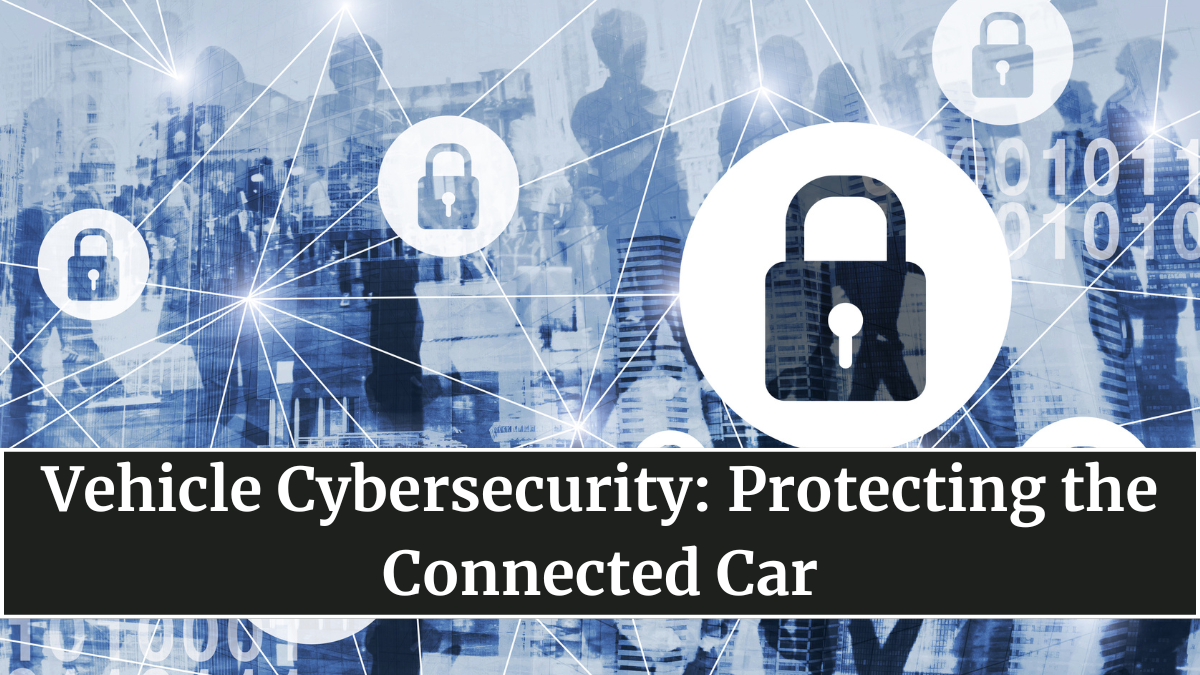The modern car is no longer just a vehicle—it’s a computer on wheels. As connectivity features become standard, the risk of vehicle cybersecurity automotive threats grows every day. Cars now communicate with smartphones, satellites, and even other vehicles. While this revolution improves comfort and convenience, it also opens doors for cybercriminals.
In 2025, the focus on automotive cybersecurity has never been more urgent. From remote hacking to data breaches, connected cars must defend against digital threats that can cause real-world damage.

The Growing Risk of Car Hacking
Today’s vehicles use complex electronic systems with over a hundred onboard computers and millions of lines of software code. Each connection—Wi-Fi, Bluetooth, GPS, or mobile app integration—creates a potential vulnerability. Hackers can exploit weak systems to access personal data, disable safety features, or even control vehicle functions like braking or steering.
The more connected a car is, the greater the attack surface. OTA (Over-The-Air) software updates, cloud-linked infotainment systems, and smart navigation are convenient but risky if not properly secured.
Common Cybersecurity Threats in Connected Cars
-
Remote Hacking: Attackers can intercept vehicle communication systems and manipulate features remotely.
-
Data Theft: Modern cars store personal data, location history, and voice commands, making them valuable targets.
-
Malicious Software Updates: Compromised OTA updates can inject harmful code into critical systems.
-
Key Fob Replay Attacks: Criminals can clone key fob signals to unlock and steal vehicles.
-
Supply Chain Vulnerabilities: Weak security at component manufacturers can compromise the entire vehicle network.
These risks highlight that vehicle cybersecurity is not just an IT problem—it’s a safety issue that affects every driver.
How Automakers Are Fighting Back
Automakers are now designing cars with security by design, building protection into every layer of the vehicle architecture. They are introducing:
-
Encrypted Communication Systems to protect data between vehicles and servers.
-
Secure Gateways that isolate critical control units from infotainment and external networks.
-
Regular Security Patches through authenticated OTA updates.
-
Intrusion Detection Systems (IDS) that monitor vehicle activity for suspicious behavior.
-
Bug Bounty Programs encouraging ethical hackers to report vulnerabilities.
These innovations make vehicles smarter and safer—but no system is ever fully immune to attack.
Steps Drivers Can Take to Stay Protected
While manufacturers strengthen digital defenses, drivers also play a key role in keeping their cars secure. A few essential habits include:
-
Keep software updated: Always install the latest firmware and app updates.
-
Avoid untrusted apps: Only use official applications and services provided by the automaker.
-
Disable unused connections: Turn off Wi-Fi, Bluetooth, or hotspot features when not in use.
-
Use strong passwords: Protect connected accounts with multi-factor authentication.
-
Be cautious with public chargers: Public EV chargers can be a gateway for malware if compromised.
Good cybersecurity starts with awareness. Every feature that makes a car “smart” can also make it vulnerable if used carelessly.
The Road Ahead for Automotive Cybersecurity
As vehicles evolve toward autonomous driving, cybersecurity will become the backbone of automotive safety. The industry is moving toward standardized frameworks such as ISO/SAE 21434, which ensures consistent security practices across design and production. Governments worldwide are enforcing cybersecurity regulations for new cars to ensure that safety extends beyond airbags and seatbelts—to digital protection.
In the near future, cars will have real-time AI defense systems that can detect, isolate, and neutralize threats before they cause harm. Manufacturers are also developing digital fingerprints for each vehicle, ensuring that unauthorized devices or updates are instantly flagged.
Why It Matters More Than Ever
A connected vehicle breach doesn’t just risk your privacy—it can put lives at stake. From disabling safety systems to hijacking controls, cyberattacks can turn a car’s convenience into chaos. As cars grow smarter, cybersecurity must evolve faster.
The race is no longer just about horsepower—it’s about cyber power. Protecting the connected car means protecting the people inside it, and that responsibility now lies in the hands of both automakers and drivers.
FAQs
What is vehicle cybersecurity?
Vehicle cybersecurity refers to protecting a vehicle’s electronic systems, communication networks, and software from digital attacks or unauthorized access.
Can cars really be hacked remotely?
Yes. Hackers can exploit weak networks or software vulnerabilities to control certain car functions or steal data remotely.
What are the main threats to connected cars?
Major risks include remote hacking, data theft, malicious software updates, and compromised key fobs.
How can drivers protect their vehicles from cyberattacks?
Keep software updated, avoid connecting to unverified apps or devices, and disable unused network features like Wi-Fi or Bluetooth.
Why is vehicle cybersecurity important for the future?
As cars become autonomous and connected to global networks, cybersecurity ensures not only data protection but also road safety and human lives.
Click here to know more.
